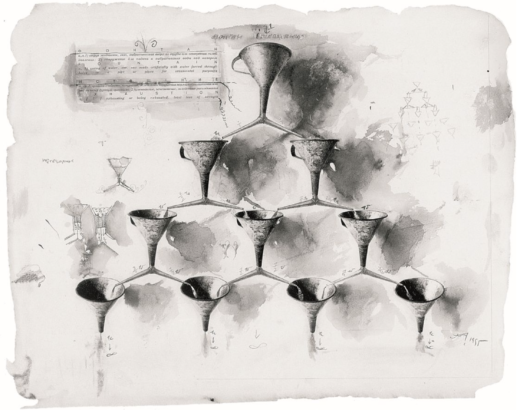On the Concept of the Museum of Contemporary Art in Ukraine: Svitlana Biedarieva in Conversation with Olya Balashova and Yuliia Hnat
For many years, Ukraine has experienced a growing need for a Museum of Contemporary Art that would function as the first state-run collection focused on acquiring and exhibiting the work of contemporary Ukrainian artists. The attempts to create such an institution began in the early 2000s, but thus far have been unsuccessful due to political and sociocultural factors. In 2020, a nonprofit association was created to work in an applied way on the development of theconcept of the museum, with the involvement of key experts in contemporary art and culture. In this interview, art historian and artist Svitlana Biedarieva speaks … Read more






